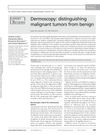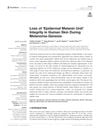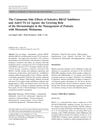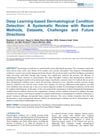Dermoscopy of Scalp Tumors: A Multi-Center Study Conducted by the International Dermoscopy Society
July 2011
in “
Journal of the European Academy of Dermatology and Venereology
”
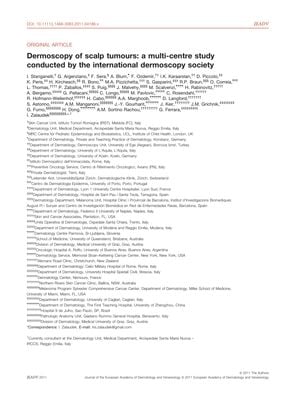
TLDR The study concluded that scalp tumors show different patterns based on age, gender, and tumor thickness, and emphasized the importance of early detection and scalp examinations.
The study analyzed 323 scalp tumors from 315 patients to identify dermoscopic features of these tumors. It found that scalp nevi were more common in individuals under 30 and displayed globular or network patterns with hypopigmentation. In contrast, melanoma and non-melanoma skin cancers were more prevalent in males over 65 with androgenetic alopecia and sun damage. Thin melanomas (≤1 mm) typically had atypical networks and regression, whereas thicker melanomas (>1 mm) exhibited a blue white veil, unspecific patterns, and irregular black blotches or dots. The research highlighted the importance of early detection and treatment of scalp melanoma and recommended full body examinations, including scalp inspections, during dermatologic visits. It also noted the difficulty in distinguishing regressing melanoma from other conditions and suggested biopsy for scalp tumors showing areas of regression. The study acknowledged limitations, such as the inclusion of partially documented large tumors and a small sample of non-pigmented tumors.

